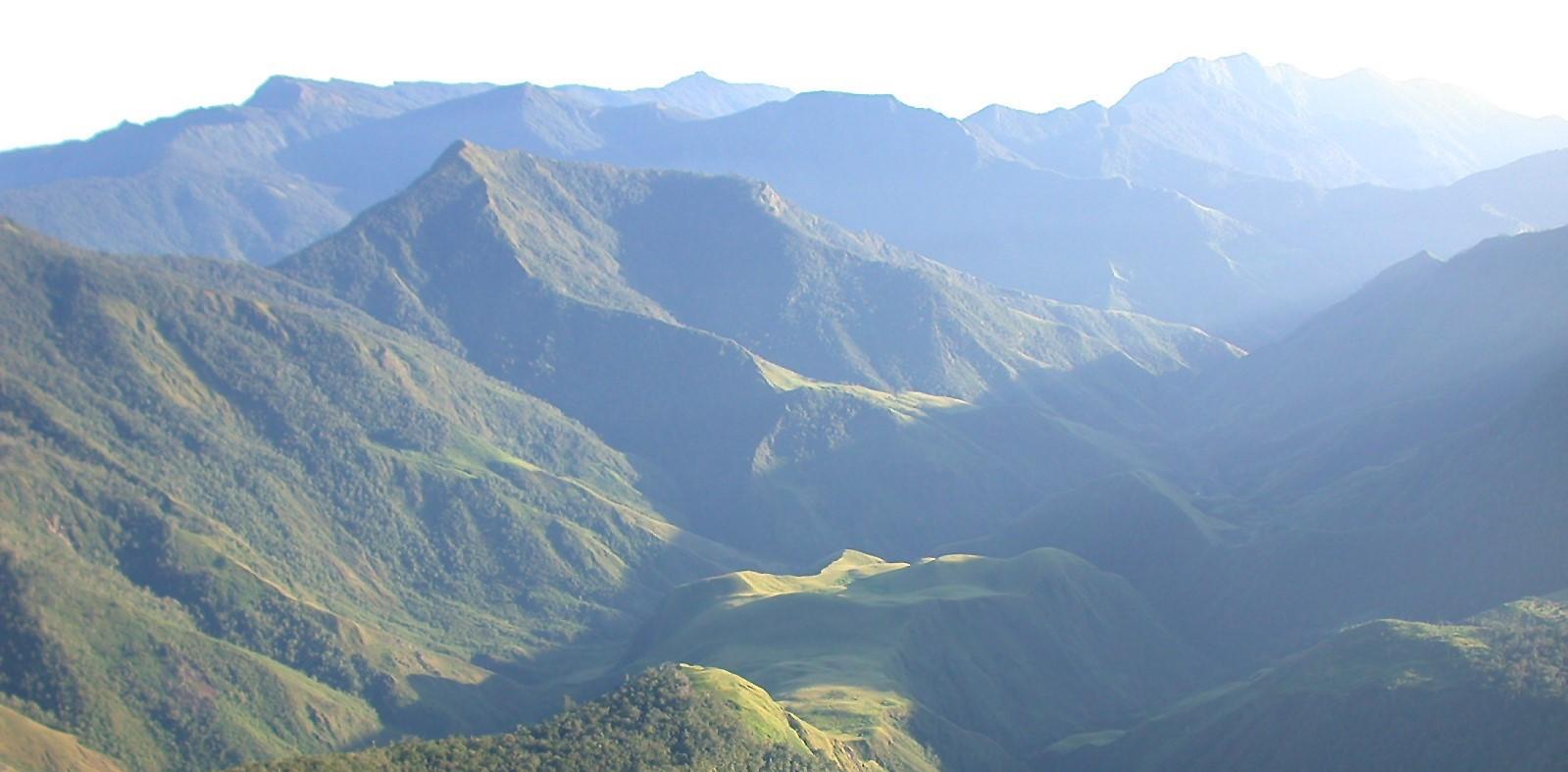
Submitted by Dr C.M. Martin-Jones on Fri, 17/12/2021 - 09:43
New Guinea rests on the Pacific Ring of Fire and is therefore highly vulnerable to natural hazards, including earthquakes, tsunamis and volcanic eruptions. One of the most seismically complex areas on Earth, the Island experiences over a hundred earthquakes each year of magnitude five or greater.
Although the onset of these hazards is often sudden, they are caused by much slower geological processes – evidence of which can be seen in New Guinea’s mountains. The west-east running Highlands along which earthquakes occur are relatively young — geologically speaking — at ten to fifteen million years old. And they are still growing, driven as the Australian Plate dives beneath the Pacific Plate to the northeast.
For scientists trying to understand how mountains grow from young chains like this into the likes of the fifty-million-year-old Himalayas, New Guinea’s mountains offer a rare snapshot of a mountain building in progress.
A new study by PhD student Lizzie Knight has combined seismic data from across New Guinea with thermal modelling, giving a wide-angle view on the forces driving the mountain’s continued growth. Knight used sixty years of earthquake data in her new analysis, which she is presenting at the American Geophysical Union’s Fall meeting.
By recording earthquake location and depth, Knight was able to infer the continued movements of the mountains. The findings show thrust earthquakes are concentrated along the southern edge of the mountains, suggesting outward expansion of the mountain range instead of vertical growth. Mature mountains, like the Himalayas, start to expand outwards once they have reached their peak, a bit like a blob of honey dropped onto a surface.
Knight found that earthquakes in the west of New Guinea normally occur much deeper below ground than further east along the chain. This, she explains, is caused by the characteristics of the Australian plate, which is descending beneath the mountains. In the western half of the Island, the descending plate is thicker and therefore colder and stronger – so it can support deeper earthquakes than in the east, where the underlying plate is thinner and weaker.
Knight adds that, because the western part of the plate is stronger, then we could expect the mountains to grow as high as old ranges like the Himalayas. "The Himalayas are also underthrust by a similar, cold thick plate, so they might be an analogue for the future of the western New Guinea Highlands.” Knight explains that, whilst the mountains are currently growing outwards, we can expect them to continue growing vertically as they adjust to the strength of the plate.
The new catalogue of earthquake data also helps us understand why earthquakes of varying depth and size happen along the mountain belt, information which could be used in earthquake hazard maps that predict earthquake shaking.
“Through looking at the New Guinea mountains, we can almost rewind the tape on the formation of much older ranges like the Himalayas,” explains Knight, “It’s just that we have to unravel these ancient processes through the lens of recent earthquakes, and other events on human timescales.”
Knight, L., Copley, A., Bertoni, C., Sloan, R. A., & Walker, R. (2021). Links between foreland rheology and the growth and evolution of a young mountain belt in New Guinea. Geophysical Journal International, 228(3), 1684-1712

